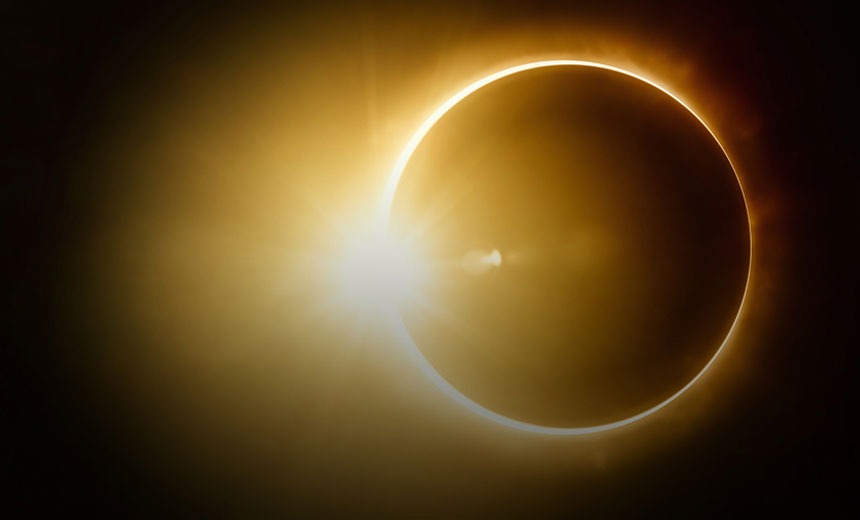"*" indicates required fields
26/08/2017

The star at the centre of our solar system – also known as the sun – provides warmth and nourishment to the earth. It also delivers rays of electromagnetic solar radiation, which makes staring at the sun, especially during a solar eclipse, potentially very harmful to the eyes.
The damage occurs in the retina, the light-sensitive tissue lining the inner surface of the eye. When harmful radiation from the sun reaches the retina, it causes what is known as solar retinopathy.
Light enters the opening at the front of the eye (called the pupil) and is then focused through the lens of the eye, onto the retina at the back of the eye. There are three kinds of light – visible, infrared and ultraviolet (UV). UV rays in particular can cause damage to the structure of the eye.
When over–exposed to UV rays, the radiation literally cooks the exposed tissue, destroying the rods and cones of the retina and creating a small blind area. Similar damage can be caused by other intense lights such as a welder’s torch, which is why welders wear highly protective goggles when they are working.
Unfortunately, the damage from solar retinopathy can occur without any feeling of pain and the visual effects are not noticed for several hours after the damage has been done. After a few hours you may notice the following symptoms:
If you experience any of these symptoms after looking at the sun, see your GP, optometrist or another medical practitioner as soon as possible.
Unfortunately, there is currently no single treatment for solar retinopathy, other than time. An ophthalmologist will be able to help ease the discomfort of symptoms, as well as assess the amount of damage.
Recovery from solar retinopathy can take from around one month to twelve months, depending on the extent of the damage caused by the exposure to UV rays. If the damage is more severe and extends to the macula, then there may be permanent loss of vision.
In either case, it is important to consult an optometrist, who will assess whether you are suffering from solar retinopathy and possibly advise you to see an eye doctor. You may also begin by visiting your GP, who can refer you to an ophthalmologist.
There have been several documented incidents of people suffering solar retinopathy on a mass scale: after the 1999 solar eclipse in East Sussex, England, while in 1988, Italian ophthalmologists treated 66 people who belonged to a sun-worshipping religious sect for solar retinopathy after a sun-staring ritual.
The sun is a vital contributor to our everyday lives, but it’s worth keeping in mind that it’s very important that you don’t look at it directly, at any time. It’s very deceptive – because you might not realise that it is actually causing damage.
Enjoy the warmth of the sun by all means but, for the ongoing health of your eyes, it’s wise not to stare at it.
The information on this page is general in nature. All medical and surgical procedures have potential benefits and risks. Consult your ophthalmologist for specific medical advice.
Date last reviewed: 2022-10-05 | Date for next review: 2024-10-05